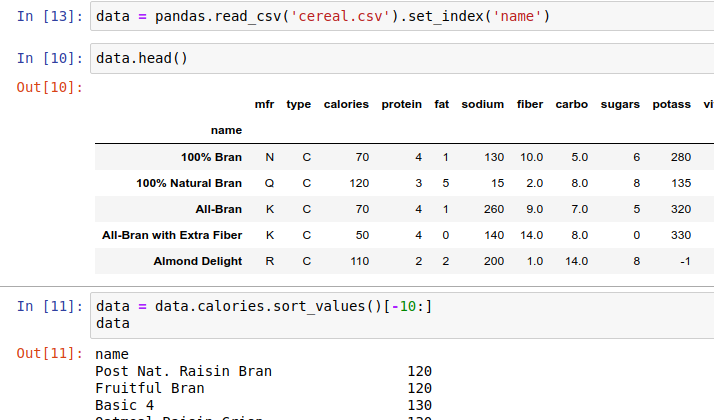Getting started with Python for Scientific Computing
So you’d like to do some data analysis or other scientific computer with Python. How do you start?
The Anaconda distribution
A Python ‘distribution’ is a bundle of Python goodies, typically Python itself, a set of Python libraries and possibly an integrated development environment.
Anaconda is a Python distribution specifically for data science. It includes the most popular data science and machine learning Python packages, Jupyter for quick exploratory data analysis and Spyder for creating and running Python scripts.
For more information and to install Anaconda go to the Anaconda Distribution page
Jupyter Notebook
A Jupyter notebook lets you try out different Python commands and create a story which shows your steps and the results. For instance:

Once you have installed Anaconda, or otherwise installed Jupyter:
- Open a Terminal or Command Prompt
- jupyter notebook
- Jupyter will open in your browser
- Click on the ‘New’ button (right hand side), and select ‘Python 3’
- Start typing
- To execute a cell, hit Ctrl-Enter
- Jupyter automatically saves the notebook. Click on the title (top left hand corner, next to Jupyter logo) to give it a sensible name


